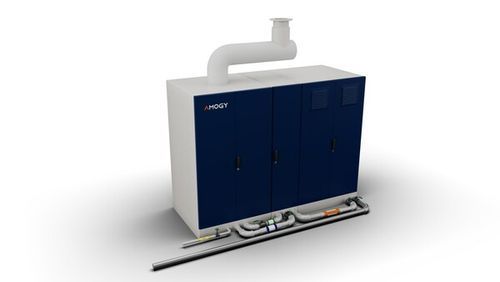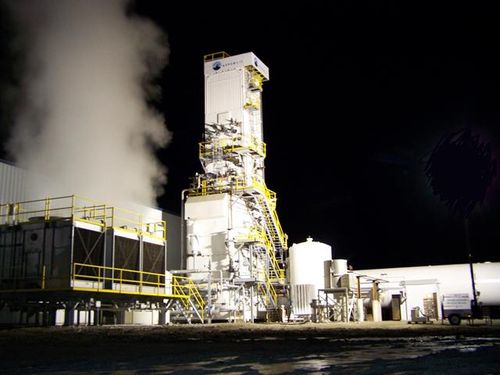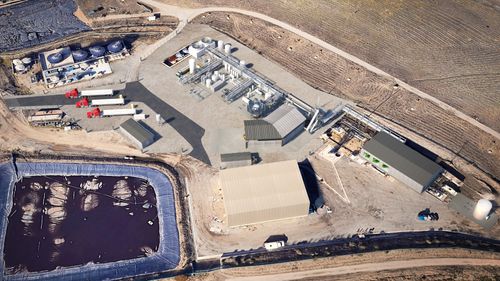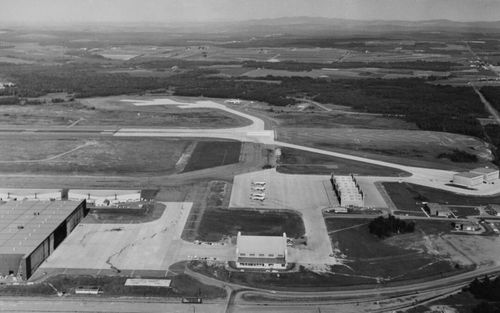Power Sustainable, the alternative asset manager based in Montreal, is deliberating on how to launch a fund focused on industrial decarbonization and clean fuels, a source familiar with the matter told ReSource.
The firm, which has AUM of CAD 3.8bn as of March 31 through several credit funds in energy infra and and an equity vehicle in sustainable food production, is exploring the launch of a decarbonization private equity vehicle to make investments in things like green steel, cement and plastics, the source said.
Hiring or partnering with experts in the space to make informed decisions about private equity investment opportunities would be key, the source said.
“We’re going to bring in a phenomenal team and really trust them to figure out where the best investment plays are,” the source said.
The company has a strong relationship with Éric Gauthier, the development manager and his team at TESCanada H2 in Quebec, which is developing a large-scale green hydrogen facility in that province.
That project, Project Mauricie, consists of the construction of an electrolyzer and renewable energy production assets. Upon its commissioning in 2028, the project will produce 70,000 mtpy of green hydrogen exclusively dedicated to Québec end users.
The firm is in growth mode, seeking to multiply the size of its existing mandates, the source said. The firm is open to consultation from external advisory services.
Power Sustainable declined to comment.









